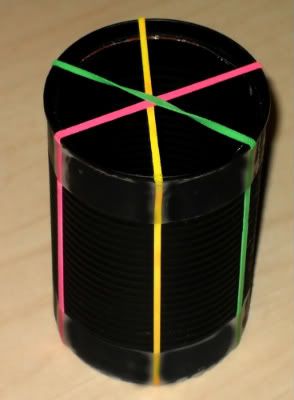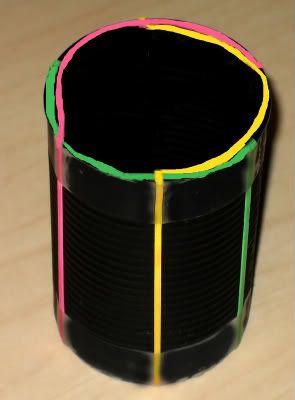rattus..then if I am connecting a single phase motor to
a 3 phase system by just using two hot legs one of the
legs is leading the other? What effect would this have on
a capacitor start motor?
Ed
Not a thing, because the motor sees only one phase. Same argument for split-phase, shaded pole, cap-start, etc., etc., etc.
Observe this waveform with an oscilloscope. You will see only one signal--one phase. For example, let,
Van = 120V @ 0 (reference)
Vbn = 120V @ -120 (5.6ms later)
Vab = 208V @ 30 (0.93ms earlier)
But, don't connect the ground clip to a hot wire. Use a dual channel scope.
Phase angles can hurt your head. Just remember that the difference in two sinusoidal voltages is always another sinusoid of the same frequency and a different magnitude and phase angle as shown in the above example.
Last edited:





